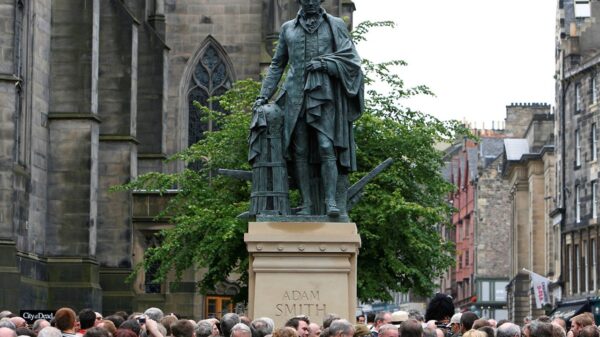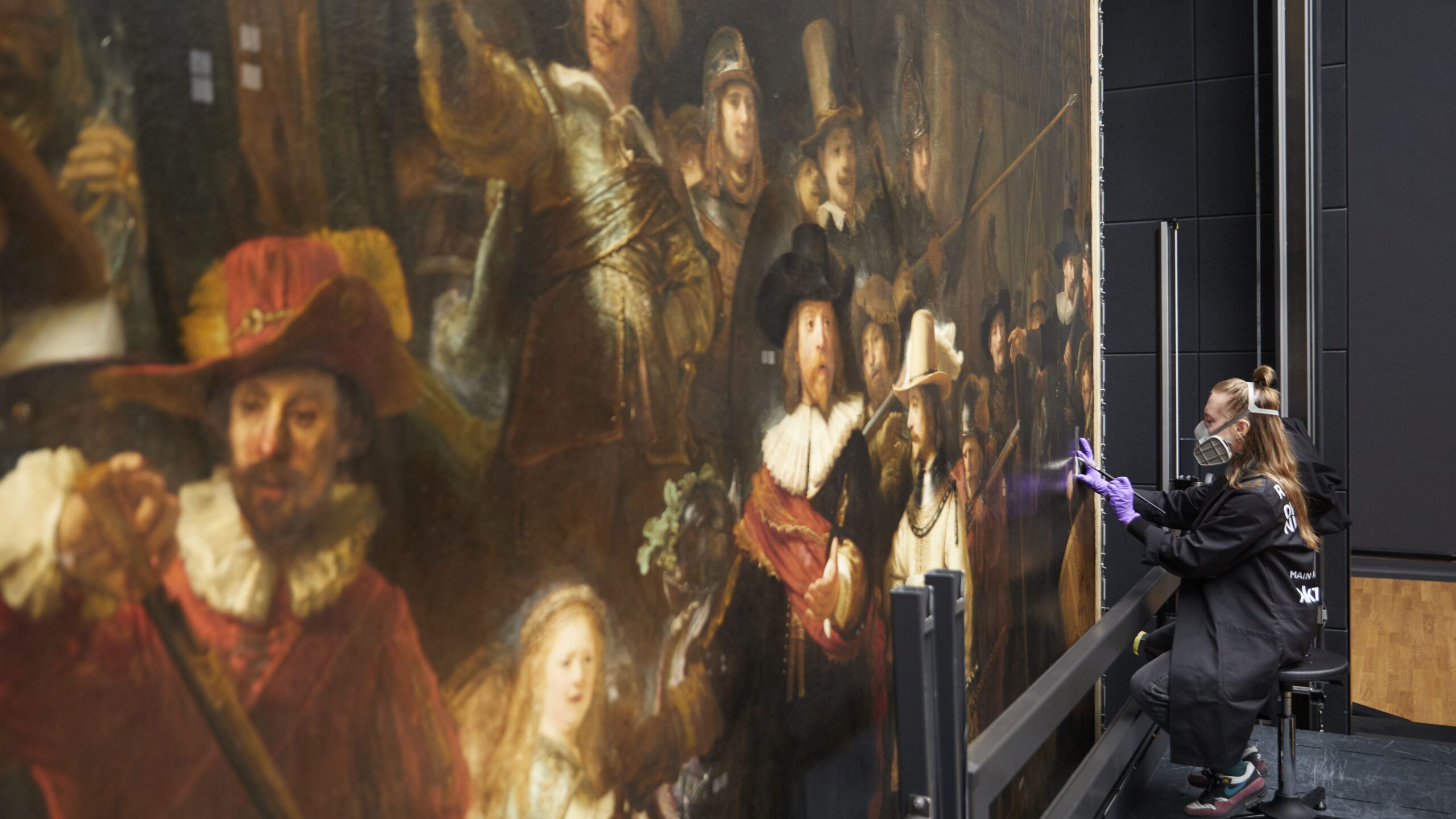Recent research has uncovered that the dog depicted in the corner of Rembrandt van Rijn’s renowned painting, “The Night Watch,” may have been inspired by an illustration from a widely available book. This investigation highlights the influence of Dutch artist, poet, and publisher Adriaen van de Venne, whose work focused on themes surrounding the temptations of the flesh.
Currently undergoing public restoration at the Rijksmuseum in Amsterdam, “The Night Watch,” painted in 1642, has long fascinated art historians. Anne Lenders, the museum’s curator of 17th century Dutch paintings, made a connection between the dog in the painting and a drawing by van de Venne during a visit to an exhibition at the Zeeuws Museum in Middelburg last year.
Upon viewing the illustration, Lenders recognized distinct similarities, particularly in the dog’s head position. “As soon as I saw that dog, ‘The Night Watch’ dog came into my mind — I recognized it by the turn of the head,” she noted. Further analysis of a chalk underdrawing of “The Night Watch,” utilizing macro X-ray fluorescence scans, revealed additional resemblances between the two canines.
In Rembrandt’s final version, the dog stands on all four legs, its tongue out, as if barking at a large drum. Lenders remarked on the artist’s clever adjustments, stating, “It’s very clever how Rembrandt adjusted his dog, putting it in an active stance, vigilant and alert.” This dynamic portrayal contributes significantly to the painting’s overall sense of life and anticipation, suggesting that action could unfold at any moment.
The connection does not end with the dog. Lenders pointed out that another figure from the van de Venne illustration also resembles characters in Rembrandt’s 1655 painting, “Joseph Accused by Potiphar’s Wife,” which is housed in the collection of the Gemäldegalerie in Berlin.
Director of the Rijksmuseum, Taco Dibbits, provided context regarding the artistic practices of the time. He explained that what may now be viewed as “copying” was an integral part of an artist’s education and a sign of intellectual engagement. “He didn’t want people to call him Rembrandt van Rijn, but just Rembrandt, like Michelangelo,” Dibbits stated. “He really wanted, just like the Italians, to be that learned artist who based himself on prints from his predecessors, who could copy so incredibly well and know them so intimately that he developed them further.”
This new finding not only enhances our understanding of Rembrandt’s creative process but also illustrates the interconnectedness of artists in the 17th century. As the research continues, it sheds light on the ways in which historical influences shape masterpieces that have endured for centuries.





































































